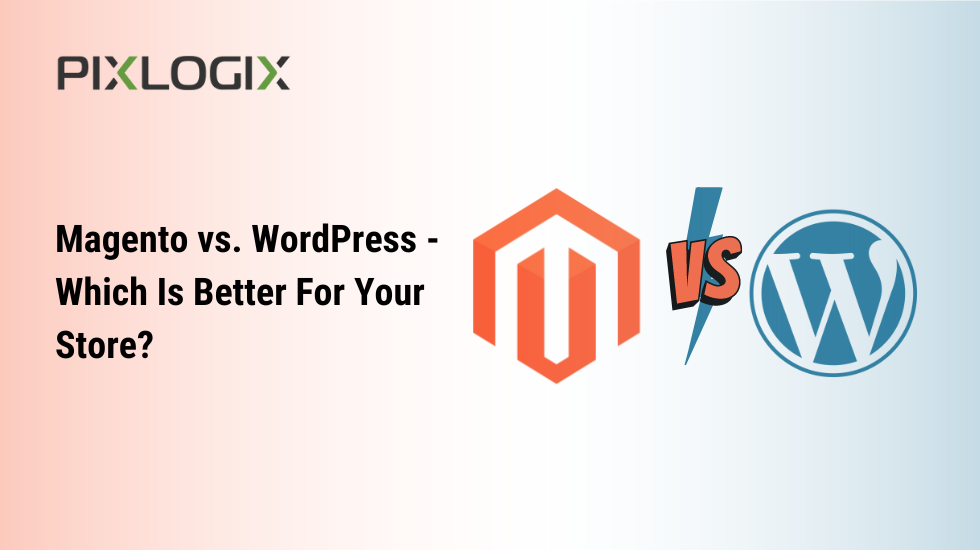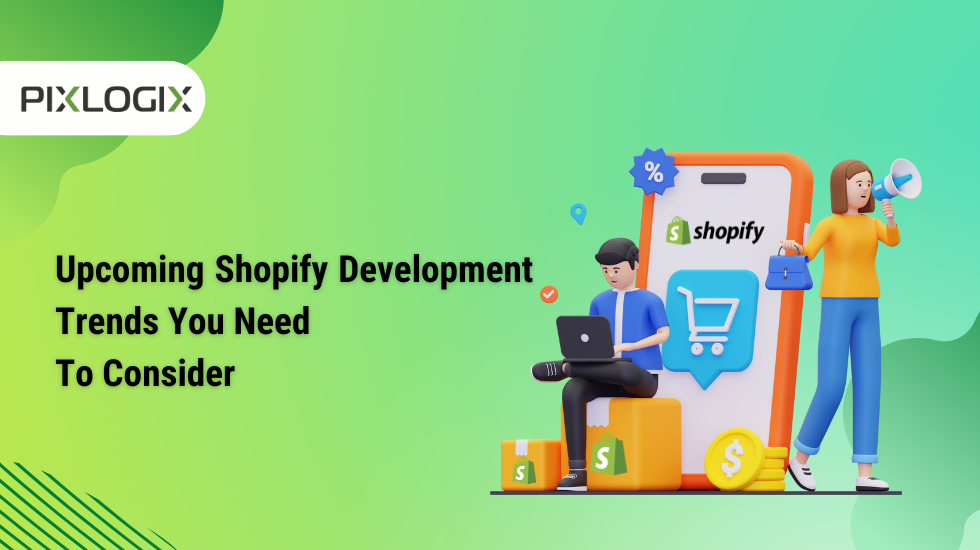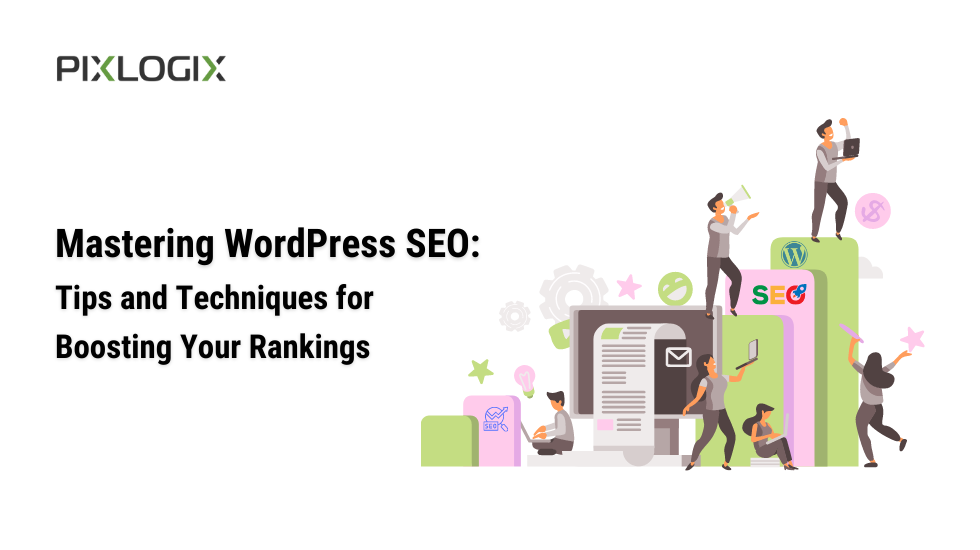If you want to launch an eCommerce website, you may face a thorny dilemma: WordPress vs Magento; which is the best for your eCommerce business?
While both WordPress and Magento are robust in their own right, some characteristics make one platform more appropriate for your particular combination of resources, goals, and staff than the other.
As a result, if you’re on the fence about choosing Magento vs. WordPress, scroll down for a detailed comparison of the two systems’ key features and the main arguments in favor of using Magento instead of WordPress or vice versa.
WordPress vs Magento – Overview
Before knowing about any technologies or platforms, you need to know some basic details related to those technologies. Here are a brief introduction to WordPress and Magento:
WordPress Introduction
WordPress is a popular content management system (CMS) that powers a significant portion of websites on the internet. Initially released in 2003 as a blogging platform, it has evolved into a versatile CMS for a wide range of websites, including blogs, business websites, e-commerce stores, portfolios, and more. WordPress offers a user-friendly and intuitive interface, making it accessible to users with varying technical expertise. It provides a simple way to create, edit, and publish content without coding knowledge.
Also, WordPress provides a vast library of themes, which are pre-designed templates that determine the appearance and layout of your website. These themes can be easily customized to match your brand or design preferences. Additionally, WordPress allows for further customization through the use of plugins, which extend the functionality of your website.
Whether you need a simple blog or a complex e-commerce store, WordPress provides a solid foundation to build upon and offers the flexibility to meet your specific needs.
Magento Introduction
Magento is a popular open-source e-commerce platform used for building online stores and managing digital commerce. It was initially released in 2008 and has since gained a significant market share in the e-commerce industry. Because it offers a highly flexible and customizable framework, you can build businesses to create tailored online stores. It provides extensive control over the store’s design, layout, and functionality.
Magento provides a comprehensive set of features for managing online stores, including catalog management, inventory management, order management, customer management, marketing and promotions, and more. It also supports multi-store and multi-language capabilities, allowing businesses to operate multiple online stores from a single Magento installation.
Additionally, With the increasing use of mobile devices for online shopping, Magento offers responsive design capabilities, ensuring that the online store is optimized for mobile browsing and provides a seamless experience across different devices.
Magento is widely adopted by businesses of various sizes, from small businesses to large enterprises, due to its flexibility, scalability, and robust feature set. It provides a powerful platform for creating and managing online stores, offering businesses the tools they need to succeed in the competitive e-commerce landscape.
Magento and WordPress are both excellent and advanced technologies for eCommerce Store building. However, both come with some pros and cons. So, to make a decision, let’s discuss a comparison between Magento vs WordPress in depth.
Comparison Between Magento vs WordPress
The success of your business depends on the platform you choose when creating an online store. Magento and WordPress are well-liked choices that provide robust functionality and flexibility for e-commerce websites. We’ll compare Magento vs WordPress in this article to make it easier for you to decide which platform is more appropriate for your store.
#1: Ease of Use
WordPress: This content management system (CMS) is well-known for its user-friendly interface. Even for individuals with no prior technical experience, it is comparatively simple to set up and administer. WordPress is practical for novices because it has a large selection of e-commerce-specific themes and plugins.
Magento: Unlike WordPress, Magento has a more difficult learning curve. It is a more complicated platform that is primarily intended for consumers and developers with technical knowledge. Magento offers significant customization possibilities and scalability, but getting started and making the most of its features may call for expert help.
Winner: WordPress wins out in terms of usability, particularly for beginners or those without a deep understanding of technical matters.
#2: E-commerce Features
WordPress: Although it started as a blogging platform, WordPress has grown into a robust CMS that supports e-commerce features. WordPress becomes a complete e-commerce solution with the WooCommerce plugin. WooCommerce provides a wide variety of integrations and plugins that make it simple to build and run an online store.
Magento: A specialized e-commerce platform, Magento provides a vast array of integrated features designed especially for online stores. It offers substantial inventory control, cutting-edge product possibilities, adaptable price policies, and potent SEO skills. Magento is an excellent option for large companies with complex requirements because it also enables multi-store capability.
Winner: Magento tops the list of e-commerce features, providing a wide range of customization choices and scalability for companies with complex requirements.
#3: Scalability
WordPress: WordPress has a high degree of scalability and can easily manage small to medium-sized web stores. The store may need more server resources and optimization to maintain optimal performance as its size and complexity increase. WordPress can manage significant traffic with the right cache technologies and hosting setup.
Magento: Particularly for enterprise-level enterprises, Magento is famous for its scalability and performance capabilities. It is designed to manage extensive catalogs, heavy traffic loads, and complex e-commerce operations. However, for Magento to operate at its best, dedicated hosting, server optimization, and routine maintenance are frequently necessary.
Winner: When it comes to scalability and performance, Magento comes out on top, especially for companies with busy websites and large product catalogs.
#4: Mobile Responsive
WordPress: WordPress is known for its flexibility and wide range of themes and plugins. Many of these themes are mobile-responsive and adapt well to different screen sizes. WordPress has a responsive design framework, and popular themes like “Twenty Twenty-One” and “Astra” are mobile-friendly by default. You can also find numerous plugins, such as WPtouch, which provide mobile-specific features and optimization for your WordPress site.
Magento: Magento has a strong focus on e-commerce, and its themes are generally designed with mobile responsiveness in mind. The latest versions of Magento (2.x) have made significant improvements in mobile responsiveness and offer responsive design out of the box. Magento allows you to customize the appearance of your mobile site and optimize it for different devices. You can create mobile-specific layouts, adjust the design elements, and ensure that your e-commerce store looks and functions well on mobile devices.
Winner: In terms of mobile responsiveness, both Magento and WordPress offer options to create mobile-friendly websites. However, Magento may have a slight advantage due to its specific focus on e-commerce and the extensive customization options available for mobile layouts.
#5: Customization
WordPress: WordPress has a sizable collection of themes and plugins that let you personalize the appearance and features of your online store. Because of its vast ecosystem, you may customize your store to fulfill particular needs by adding features, integrating with third-party services, and more. With WordPress, your possibilities for design and customization are more varied.
Magento: Magento is a platform that offers extensive and adaptable customizability. It enables you to design unique purchasing experiences tailored to your company’s requirements. With the variety of themes, extensions, and APIs that Magento provides, you may completely personalize your store. It is ideal for companies that need sophisticated functionality and detailed customization.
Winner: Magento provides greater customization and flexibility, making it the preferred choice for businesses that require extensive customization options.
#6: Security
WordPress: WordPress is primarily a content management system (CMS) that can be extended to include e-commerce functionality using plugins like WooCommerce. As WordPress regularly releases updates that address security vulnerabilities. The vast plugin and theme ecosystem of WordPress can introduce potential security risks. It’s crucial to select reputable plugins and themes from trusted sources and keep them updated.
Magento: Magento releases security patches and updates to address vulnerabilities and strengthen the platform’s security. Additionally, Magento has a dedicated security team actively monitors and responds to security threats. Magento is designed to be Payment Card Industry Data Security Standard (PCI DSS) compliant, ensuring secure payment card data handling. Magento’s marketplace offers a wide range of extensions and themes, but choosing reputable ones from trusted sources is essential to ensure security.
Winner: In terms of security features, Magento has an advantage over WordPress. However, the overall security of a store depends on various factors, such as the hosting environment, customization, extensions/plugins used, and user practices.
Final Notes
Depending on the particular requirements of your online store, you can compare WordPress vs Magento and pick that best fit to your needs.
WordPress and WooCommerce can offer a simple and economical solution for small to medium-sized businesses with limited technological know-how.
On the other hand, larger businesses with complicated requirements demanding extensive customization, scalability, and advanced e-commerce features are better suited for Magento. To make a decision that is in line with your long-term objectives, evaluate the needs, financial situation, and technological skills of your company.
After reading this blog, you are now able to understand which platform is better for your business. Choosing the right platform for building your eCommerce store is crucial, so if you still have any doubts, getting consultation from expert developers is a good option for you. You can contact India’s Leading Website development companies like Pixlogix Infotech Pvt. Ltd., which offers web and app services on multiple technologies, including Magento, WordPress, Prestashop, PHP, Laravel, React, and so on. Their experts can help you understand both technologies better according to your business. So, to clear any doubts and learn more, visit their official site, www.pixlogix.com now.


